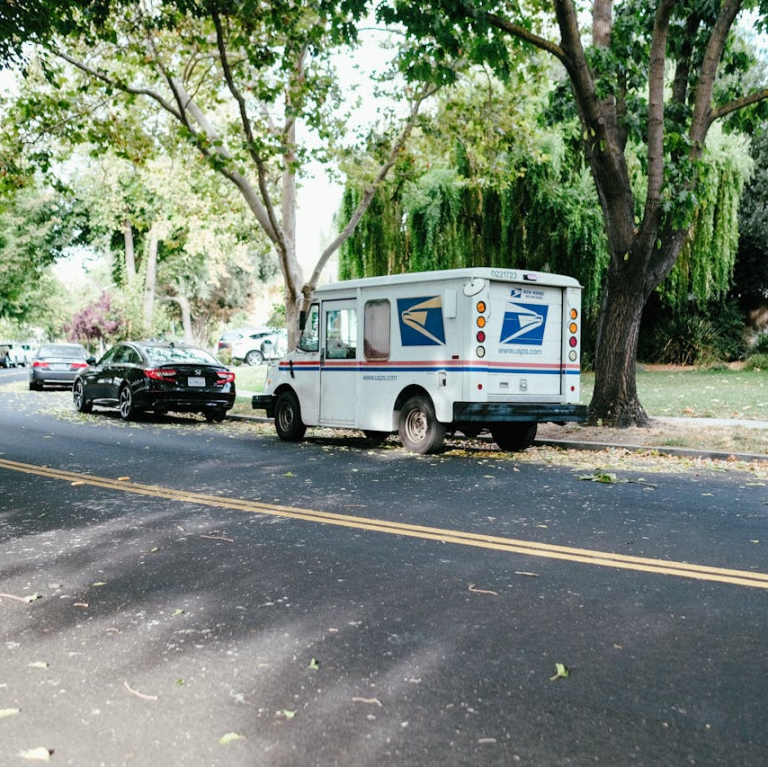Key Takeaways
-
You can have both PSHB and Medicare in 2025, but coverage coordination is more complex than it first appears. Each program has different cost structures, provider networks, and rules that affect how your care is paid for.
-
Medicare Part B enrollment is mandatory for many PSHB annuitants to maintain full benefits. However, the way Medicare and PSHB plans interact at the point of care may cause unexpected billing issues if you don’t understand which plan pays first.
Understanding the Framework: What PSHB and Medicare Cover
In 2025, if you’re a Postal Service retiree or an eligible family member, you’re likely navigating both the Postal Service Health Benefits (PSHB) Program and Medicare. At first glance, combining them may seem like a path to stronger coverage—and it can be. But understanding how the two programs actually interact in practice is crucial to making that coverage work effectively.
What PSHB Covers
PSHB plans offer a range of medical services, including:
-
Preventive care
-
Specialist visits
-
Hospitalization
-
Prescription drugs (for Medicare-eligible members, through integrated Part D plans)
PSHB plans also provide:
-
In-network and out-of-network coverage, depending on the plan
-
Deductibles and coinsurance that vary by plan
-
Copayments for common services like primary care or emergency care
What Medicare Covers
If you’re age 65 or older, or otherwise Medicare-eligible, you generally qualify for:
-
Medicare Part A (Hospital Insurance), usually premium-free if you’ve paid into Medicare for at least 40 quarters
-
Medicare Part B (Medical Insurance), which comes with a standard monthly premium of $185 in 2025
-
Medicare Part D, which is automatically integrated into your PSHB plan through an EGWP (Employer Group Waiver Plan)
While Medicare provides wide national coverage, it has its own deductibles and cost-sharing:
-
Part A deductible: $1,676 per benefit period
-
Part B deductible: $257 annually
-
20% coinsurance after deductibles for most services
The Coordination of Benefits: Who Pays First?
The interaction between PSHB and Medicare is governed by a process called coordination of benefits (COB). The primary payer is the plan that pays first, and the secondary payer covers remaining eligible costs.
When Medicare Is Primary
Medicare typically becomes the primary payer when:
-
You’re retired and age 65 or older
-
You’ve enrolled in both Medicare Part A and Part B
In this case:
-
Medicare pays first
-
Your PSHB plan (as secondary) covers some or all of what Medicare doesn’t pay
This arrangement often reduces your out-of-pocket costs. However, your provider must accept both Medicare and your PSHB plan.
When PSHB Is Primary
PSHB may be the primary payer if:
-
You are an active postal employee
-
You are not yet enrolled in Medicare Part B
In these scenarios:
-
PSHB processes claims first
-
Medicare, if applicable, pays as secondary only when eligible charges remain
The Medicare Part B Requirement Under PSHB
As of January 1, 2025, Medicare Part B enrollment is required for many PSHB annuitants to maintain full medical benefits. If you’re already retired and eligible for Medicare, the rules are strict.
Who Must Enroll
You must enroll in Part B to maintain your PSHB benefits if:
-
You retired after January 1, 2025, and
-
You or a covered family member is eligible for Medicare
Exceptions to the Rule
You may be exempt if:
-
You retired on or before January 1, 2025
-
You are a current employee who was 64 or older as of January 1, 2025
-
You live abroad
-
You are covered under VA or Indian Health Services benefits
Failing to enroll in Medicare Part B when required may result in loss of your PSHB medical benefits, though you can retain prescription coverage through the EGWP.
Where Confusion Arises: Claims and Billing in Real Time
Even with both plans active, using your benefits at the doctor’s office or hospital can be more complicated than expected. Issues arise when:
-
A provider accepts Medicare but not your PSHB plan
-
A provider accepts your PSHB plan but opts out of Medicare
-
Claims are submitted incorrectly
-
Coordination of benefits is not on file or is outdated
These situations can lead to delayed claims, denied services, or unexpected bills.
Common Scenarios
-
Lab services may be covered by Medicare but require prior authorization under PSHB
-
Specialist visits may be billed to PSHB as primary in error, even if Medicare should pay first
-
Outpatient services may be denied by Medicare if a provider files under the wrong ID
These complications are not uncommon. Keeping your insurance cards up to date and confirming with providers whether they accept both plans is essential.
The Role of the EGWP in Your Prescription Coverage
In 2025, most Medicare-eligible annuitants in PSHB receive prescription drug benefits through a Medicare Part D EGWP plan. This plan is built into your PSHB coverage—there’s no need to sign up separately.
What This Means for You
-
You have enhanced prescription coverage that meets Medicare Part D standards
-
You benefit from a $2,000 out-of-pocket cap on prescription costs
-
You’re protected from the coverage gap (donut hole), which no longer applies in 2025
-
Insulin copays are capped at $35 per month
But Be Aware
If you opt out of this integrated EGWP plan:
-
You may lose drug coverage under PSHB
-
Re-enrollment may be restricted unless you qualify for a special enrollment period
How Combining Medicare and PSHB Impacts Your Costs
While the idea is to reduce costs by having both plans, how much you actually save depends on multiple factors:
-
Whether your provider accepts both plans
-
Whether your care is in-network or out-of-network
-
How quickly and accurately claims are processed
-
Whether your PSHB plan offers any Part B premium reimbursement
Some PSHB plans offer partial reimbursement of the Part B premium, helping to offset the $185 monthly cost. However, this is not universal and varies by plan.
You may still face out-of-pocket expenses such as:
-
Deductibles under both Medicare and PSHB
-
Coinsurance for services not fully covered by Medicare
-
Copayments for specialist or urgent care visits
Important Timelines to Keep in Mind
Understanding key timeframes can help prevent penalties or disruptions in coverage:
-
Initial Enrollment Period (IEP) for Medicare: Begins 3 months before, includes the month of, and ends 3 months after your 65th birthday
-
General Enrollment Period (GEP): January 1 to March 31 annually for those who missed their IEP
-
PSHB Open Season: Held from November to December each year
-
Medicare Part B SEP for PSHB: Ran from April to September 2024 for transitioning annuitants
Failure to enroll during these windows can result in penalties or limited coverage options.
Maximizing the Value of Dual Coverage
You can get strong protection when both Medicare and PSHB are working as intended. Here’s how to improve your outcomes:
-
Always carry both insurance cards and show them at appointments
-
Inform providers which plan is primary and which is secondary
-
Check your Explanation of Benefits (EOBs) for inconsistencies
-
Confirm participation with both plans before receiving care
-
Review your plan brochure annually, especially during Open Season
You should also consider:
-
Contacting your plan if you believe your coordination of benefits file is outdated
-
Asking about additional support such as premium reimbursements or telehealth services
What You Need to Know Before Relying on Both Plans
While the idea of having both PSHB and Medicare sounds like full protection, gaps can arise if:
-
You use out-of-network providers not recognized by both programs
-
You assume all services are covered equally by both plans
-
You don’t actively manage your benefits, enrollments, and provider communication
The key is preparation, not assumption.
Ensuring Your Coverage Works as Intended
The PSHB and Medicare pairing has the potential to offer strong, layered protection—but only if you understand the mechanics. Don’t assume coordination will happen automatically or flawlessly. Mistakes in claims or delays in communication can lead to frustration and cost.
Take the time to read your PSHB plan documents, understand Medicare’s role, and ask your providers about their participation in both programs. For questions about your eligibility or enrollment, get in touch with a licensed agent listed on this website who can help guide you through the process.












